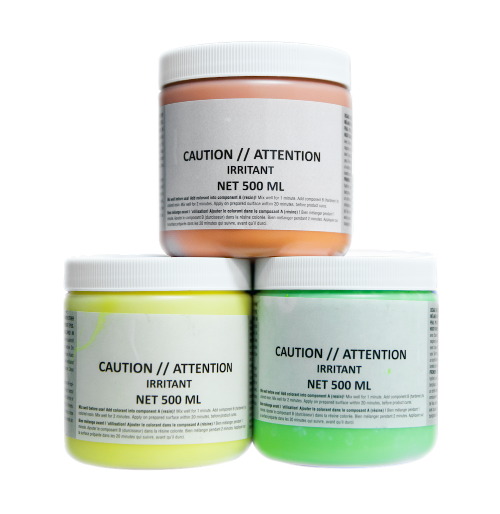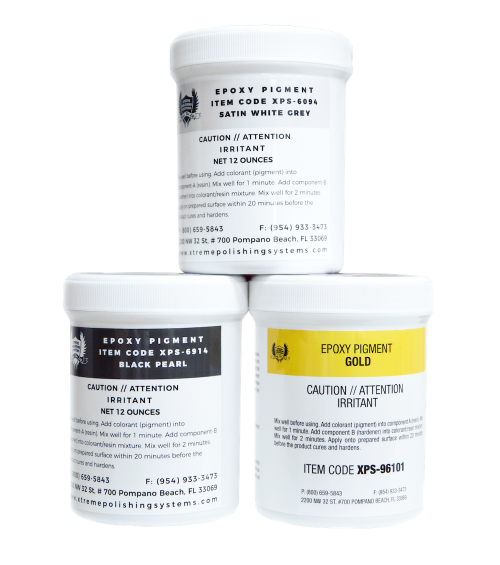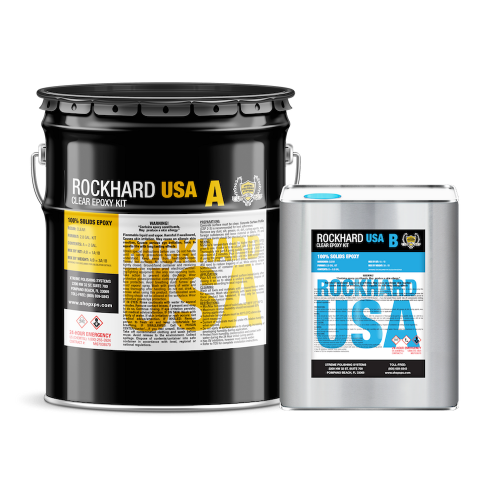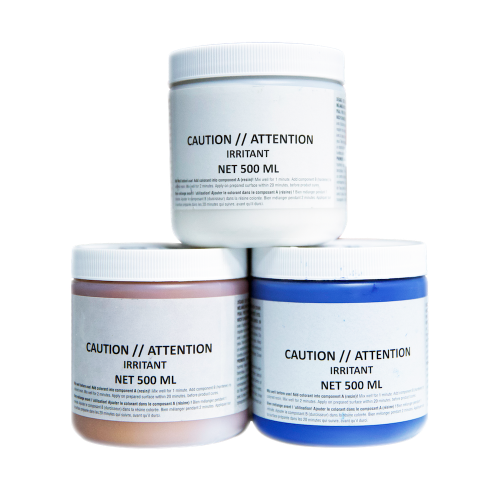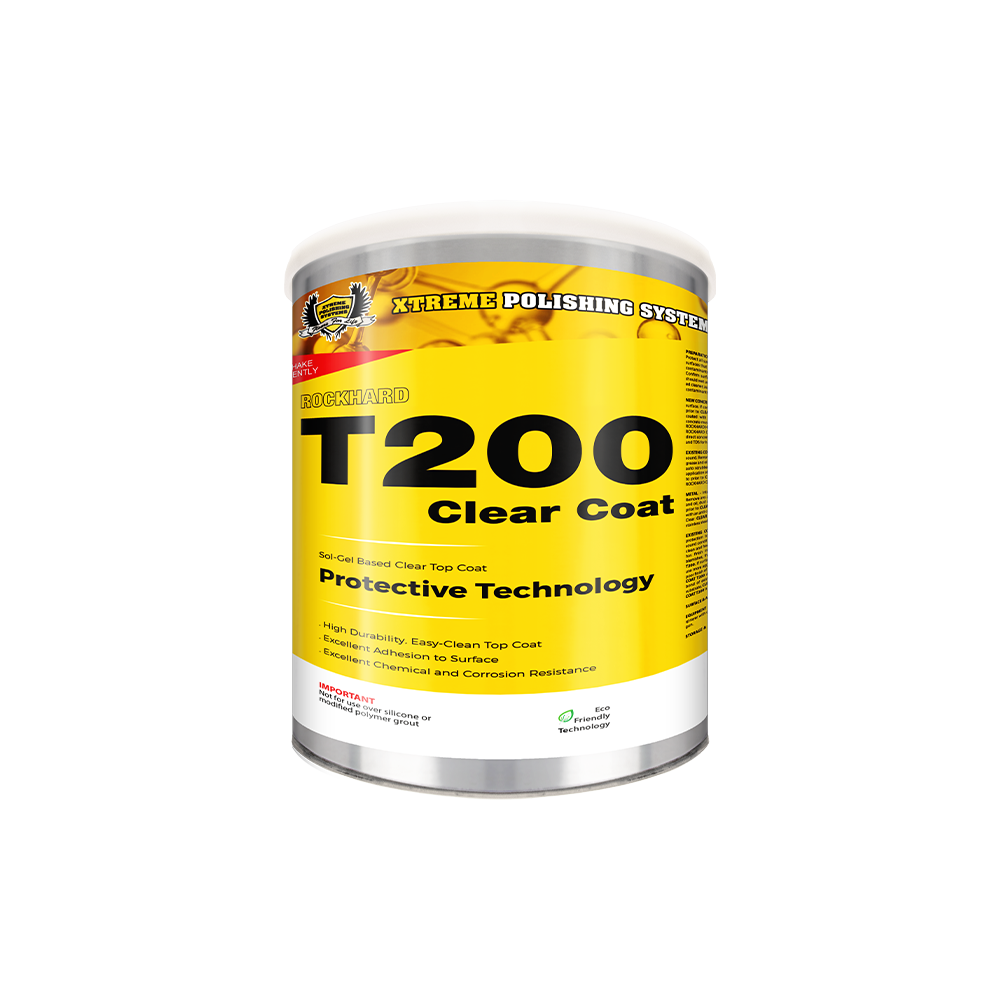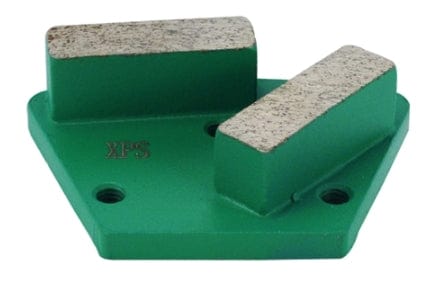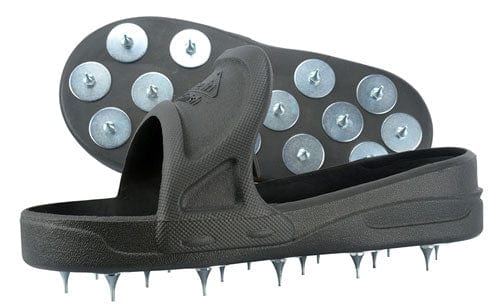What is polyaspartic and polyurea coatings?
Polyaspartic and polyurea floor coatings are chemically resistant, quick drying and exceptionally tough building materials. Polyaspartic floor coatings are chemically designed to completely seal and protect the surface of your floors. They're resistant to hot tires, making them an ideal flooring option for residential and commercial garages.
Also, if you're interested in achieving a beautiful and aesthetically pleasing floor surface you can incorporate a decorative flake application before your clear protective topcoat, for example decorative flake and quartz systems.
Common Polyaspartic Applications:
- Parking garages
- Residential and commercial garages
- Exterior walkways
- Commercial kitchens
- Veterinary clinics
- Locker rooms
- Restrooms
- Turning lanes, ramps, other high torque areas
Polyaspartic chemistry was first introduced in the early 1990's making it a relatively new class of coating. Polyaspartic resins offer many benefits over traditional resins, higher abrasion resistance, chemical resistance, faster installation, and higher overall performance. As polyaspartic technology evolves, polyaspartic floor coating systems have been used on notable construction projects.
The Preparation & Application Process
- First, our professionals suggest that you allow for ventilation of the work space before you begin the application process. This will ensure that any harmful fumes or odors that were lingering will not impede on you or your workers' performance.
- Next, the concrete surface is thoroughly cleaned. This can be achieved with thorough sweeping or vacuuming followed by Xylene or Acetone to remove any lingering dust or debris. These products can be found at most local home improvement stores. If there is oil or other grease-like stains incorporated in the surface of the concrete, a deeper penetrating cleaner may be required to remove it. We recommend speaking with a qualified product specialist to help find the right solution for your project.
- After the concrete floor is cleaned, you must ensure that the surface does not contain any cracks. If there are surface cracks, a concrete repair product is required to fill and protect the joints in the concrete.
- After the surface has been tended to it's time to conclude preparing the floor for application. The surface of the floor must be profiled to ensure the floor coating will adhere to it. This can be executed with a concrete floor grinding machine or hand grinding tool. Once the surface has been profiled, any excess dust must be removed with a dust collector system before application begins.
- Now, it's time to apply the garage coating materials onto the concrete floor. Depending on which garage flooring system you choose will ultimately determine which process you will need to follow. Each coating system is personally equipped with MSDS and TDS Data Sheets that will guide you through the specific installation process.
Please don't hesitate to reach out to your sales rep or one of our product specialists at any time with any questions or concerns when installing our polyaspartic coating systems. We can help assist and gear you in the right direction.
Conclusion
Polyaspartic topcoats are high-performance concrete floor coatings that add an extra layer of protection to your garage floor surfaces. Polyaspartic, polyurea, and urethane topcoat applications provide superior chemical, UV, and solvent resistance while yielding an outstanding finish. These protective coatings provide flooring solutions for the most demanding slip-resistant, heavy-traffic environments.
Watch this video to learn more about how to apply a polyaspartic topcoat.
